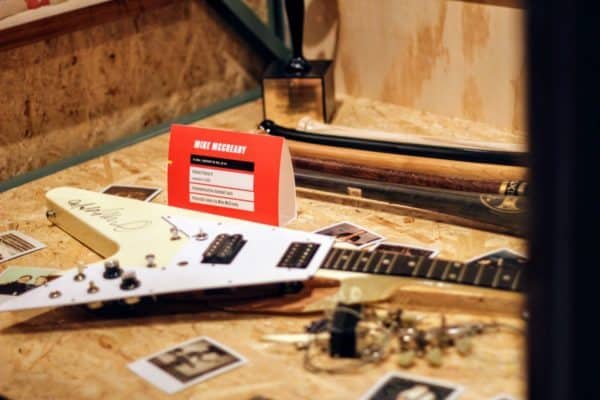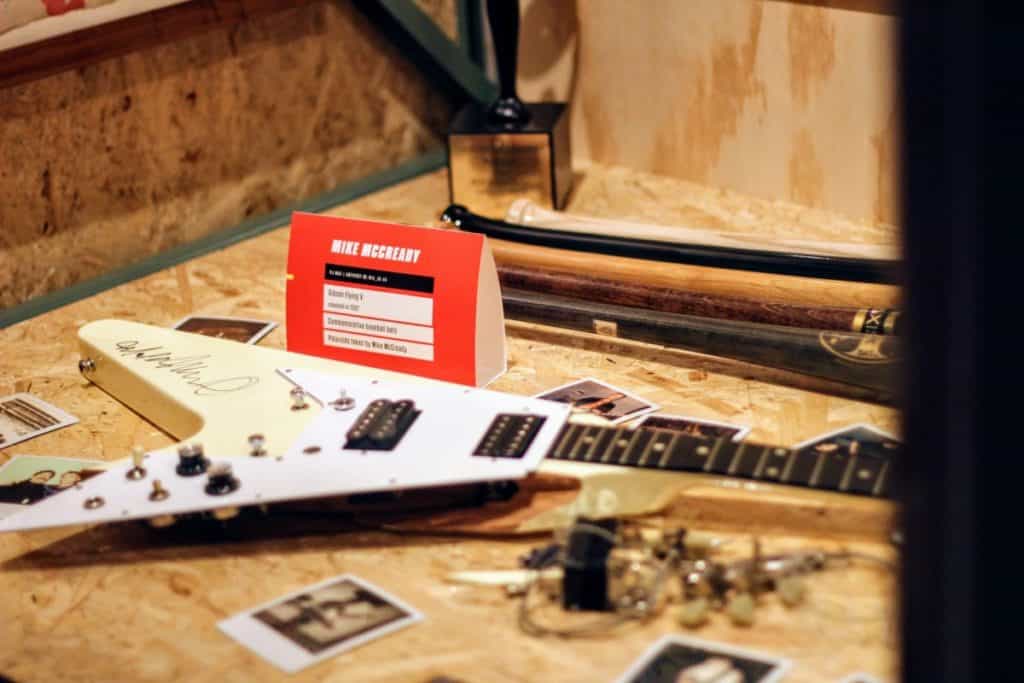
This week I was listening to The Rolling Stones iconic album, Exile on Main Street, in which Keith Richards relied on his Fifties butterscotch Fender Telecaster “Micawber”.
Listening to this record I wondered, why is it that musicians name their instruments?
Musicians have many methods to create captivating music, and their connection to an instrument is often one of them. Musicians often name their instruments because they feel a special bond with it, and many have said their instruments feel like an extra limb or an extension of themselves.
Let’s look at some examples of legendary musicians and their famous instruments.
Where Did Naming Instruments Originate?
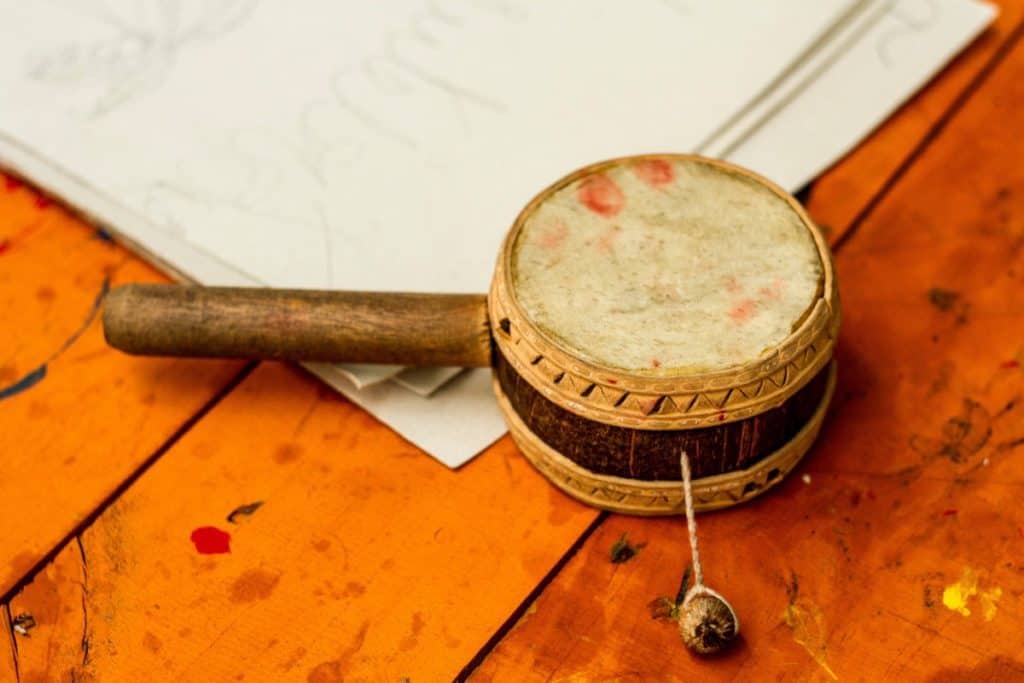
The relationship between musician and instrument essentially goes back to the beginning of time.
The earliest instruments were used during rituals, and for communication, rather than for entertainment.
Horns acted as warning signs that danger was approaching, and drums bellowed towards the heavens during religious ceremonies.
With changing technology, cultures developed composition and performance melodies, and the use of musical instruments became a means for entertainment.
Historians aren’t exactly sure how or when the first musical instrument was invented, but most point to early flutes made from animal bones that are at least 37,000 years old, and the oldest known written songs date back 4,000 years.
However, it is nearly impossible to track the creation and invention of musical instruments across every culture.
Naturally, it can be assumed that the intimate relationship between man and their musical instruments has always existed.
There also isn’t a lot of information about the first musicians to give their instruments personal names, but the most popular cases are of modern artists naming their guitars.
In the next section, we’ll give some examples of the most famous guitars and the musician who named them.
Why Do Musicians Feel A Special Bond With Their Instruments?
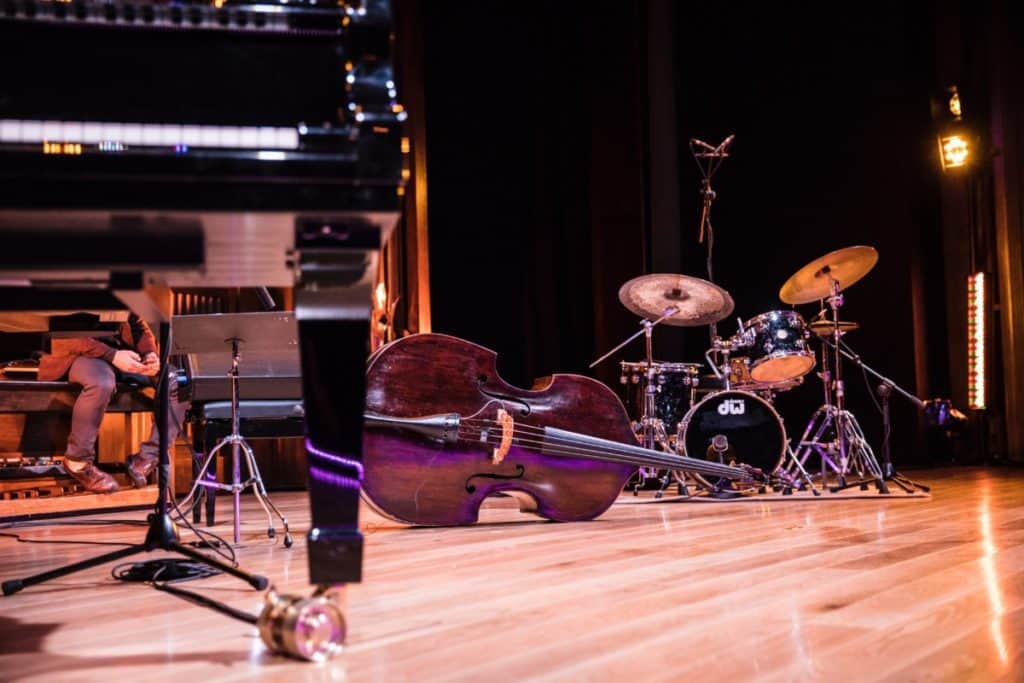
When musicians view their instruments as extra limbs, they also tend to treat them like one.
When the late cellist Jacqueline du Pré traveled by airplane, she bought a ticket for her cello, which she listed as “Miss C. Stradivarius.”
Although it might seem weird, it’s actually not an uncommon occurrence for musicians to buy plane tickets for their instruments.
Who would want to place a pricey yet priceless instrument in cargo? With horror stories out there like American Opera’s “Ode to US Airways“, I certainly wouldn’t risk it.
Musicians also cherish instruments that were gifts from friends, relatives, and fellow musicians.
George Harrison’s “Lucy” was a gift from a fellow musician and friend, Eric Clapton.
Harrison named the red guitar after fiery redhead “I Love Lucy” star, Lucille Ball. During this time The Beatles were recording “The White Album” and had been working on “While My Guitar Gently Weeps” for several weeks.
Harrison just couldn’t nail down a lead guitar part he was content with. He invited Clapton to come to the studio to help.
When Clapton arrived, Harrison handed him “Lucy.” Clapton overdubbed the part in a single take.
The power of the right instrument in a musician’s hand makes a world of difference, and Harrison continued to use “Lucy” as one of his main guitars during his time in The Beatles.
But, perhaps the most famous story of a musician’s bond with his instruments is BB King and his many “Lucilles.”
As legend has it, King was performing in a nightclub in 1949 when the building caught fire.
Everyone rushed out of the club to seek safety from the flames, but when King realized he left his guitar inside he immediately went back in after it.
Pushing through the smoke he found his instrument and made his way back outside.
He later learned what caused the fire: two men fighting over a woman, Lucille.
King named that guitar Lucille to remember this incident and to remind himself to never fight over a woman or make the mistake of running back into a burning building again.
Since then, King has had many guitars named Lucille. The original Lucille was stolen in Brooklyn out of his trunk not long after the fire occurred (he once offered $100,000 to get her back).
Whether the instrument was a gift, the first one they owned, or one that they rescued and fixed up themselves, the bond between a musician and their favorite instrument is real and profoundly important to the inspiration behind their best music.
How Do Instruments Become Famous?
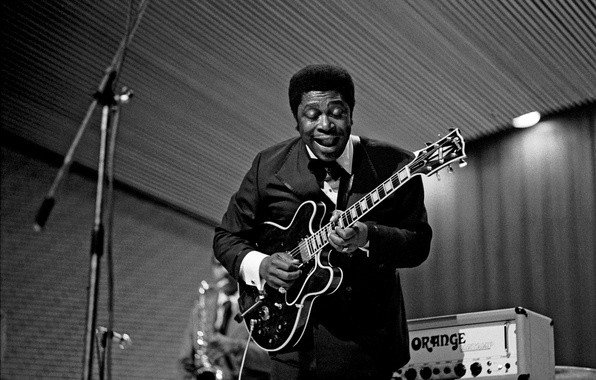
The more exposure an instrument receives, the more likely it is to be a recognized “member” of the band.
For example, Yngwie Malmsteen’s 1971 cream colored Stratocaster is named, “The Duck.”
Yngwie first purchased it in 1978, but since then “The Duck” has appeared in numerous photoshoots and several album covers, not to mention the countless live performances.
Some instruments become famous for certain performances they played a part in or certain photos on magazine covers.
And some are famous because they have been with the artist for so long it’s like they were made to play music together.
The best example is Willie Nelson’s “Trigger.” Nelsen bought this guitar in 1969 over the phone – he’d never even seen it, and he still plays it today.
There are countless nicks in its rosewood body from all the years of songwriting, touring and recording.
This battered old guitar is a staple for Nelsen, so much so that he’s worn a hole in its body. It’s almost impossible to imagine Nelson without “Trigger” in his hands.
“When Trigger goes, I’ll quit,” Nelson once said.
How To Choose A Name
With all these examples of infamous performers and their trusty steeds, you may consider naming your own instrument.
Some things to consider when naming your instrument are how it makes you feel and what you want to portray with it.
Why do you like this guitar? How did you acquire it?
You could name it after an experience, like BB King and “Lucille,” or name it after someone you admire, like George Harrison and “Lucy.”
Another option is to name it after a characteristic, like Prince’s snow-white, voluptuously curvy, custom-built guitar, “Cloud.”
If nothing sounds quite right, maybe just wait until something stands out.
Maybe the name will hit you out of nowhere – just wait for that strike of inspiration.
Until then, you can always call it something like, “The Les Paul” or “The Strat.”
Wait for something good and stick to it because the last thing you want is to name your guitar something that isn’t genuine.
Whatever name you decide on, let that instrument become a part of the band and a part of the creative process and maybe one day everyone will know its name, and yours.
Related Questions
Why do guitarists break their guitars?
When musicians first smashed guitars it was a shocking demonstration of social intolerance, defying the politics and culture of the time. However, when people do it nowadays, it seems like a stage trick to get more attention. Even if it is an ode to the greats the problem is that repeating an outrageous gesture is no longer shocking.
Who is famous for breaking guitars?
Guitars may be the most famous instrument to be smashed during a stage performance, however, pianos were most likely the first. Jerry Lee Lewis is widely thought to be the first rock musician to ever purposefully and thematically destroy an instrument during a live performance. Guitarist Pete Townshend of The Who is credited as the first guitar-smashing rock artist when he smashed his Rickenbacker guitar at the Railway Tavern in Harrow and Wealdstone in September 1964. But arguably the most iconic image of any musician breaking an instrument is of Paul Simonon smashing his bass guitar into the stage of the New York Palladium on the cover of The Clash’s legendary album London Calling,
Written by Madison Weaver.
For more industry tips and music marketing hacks, check out Ennui Magazine.
You can also follow us on Facebook, Twitter, Instagram, Pinterest, and YouTube.
